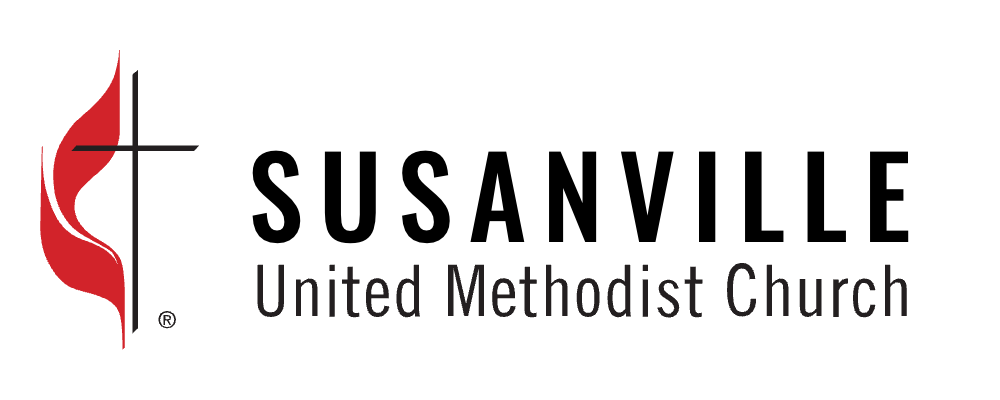What is Advent?
The season of Advent, which comes comes from the Latin word adventus meaning "coming" or "visit," begins four Sundays before Christmas and ends on Christmas Eve. Advent is the beginning of the church year for Christians.
During Advent, we prepare for and anticipate the coming of Jesus. We remember the longing of Jews for a Messiah and our own longing for and need of forgiveness, salvation and a new beginning. Even as we look back and celebrate the birth of Jesus in a humble stable in Bethlehem, we also look forward anticipating the second coming of Christ as the fulfillment of all that was promised by his first coming.
The color for Advent has traditionally been purple, although some churches have adopted blue. In practice, however, as churches increasingly incorporate the symbols and decorations of Christmas during Advent, more and more red, green and gold are appearing. The United Methodist Book of Worship upholds the traditional color of purple for Advent, signifying penitence [regret and repentance for our wrongdoings] and royalty, but also allows blue, the color of hope."
Adapted from "What is Advent?" and "Understanding Advent" by Dean McIntyre, retired director of music resources, Discipleship Ministries.
Originally published in Interpreter Magazine, November–December, 2017.
The History of Advent Candles
The Advent wreath was originally a German and Scandinavian home devotional practice used to mark the four weeks of Advent. Although many symbols have been attributed to it since that time, it was originally intended as a way to mark the Advent season and the weeks until Christmas.
Families would light a candle for each past week and the current week at their dinner or evening time of prayer. The configuration of candles, whether in a line or a circle, did not matter. Neither did the color of the candles (all colors are used in homes in Europe). What mattered was the marking of time and the increase of light each week in the face of increasing darkness as the winter solstice approached.
As Advent wreaths began to be used by congregations on Sundays in some places in Europe and America beginning in the late 19th century, adaptations were needed for the larger worship spaces. Candles needed to be larger and more specialized than the "daily candles" handmade or purchased for home use. They also needed to be more uniform in color to fit with other decor in the sanctuary. Purple (and more recently blue) has become the basic color of the candles to coordinate with color of the paraments [i.e. church decorations] used during this season.
As Advent wreaths changed from practical private use to the more symbolic context of public worship, it became important for the candles to have meaning rather than simply mark time and add light. Ceremonies were developed around the lighting of the candles each week.
In time there was an effort, largely spurred by church supply houses that sold the special candles and wreaths, to provide a particular meaning to each candle. The themes of Hope, Love, Joy, and Peace became popular, based on scriptures from the one-year lectionaries used at that time. However, the historic theme of Advent is more broad and deep than any one-word theme can capture.
So what are we to say, then, about the meaning of the Advent wreath today? We can still draw meaning from its original home use: to mark time while increasing light. Advent, the first season of the Christian year, is all about time. We await the day described in Revelation 21:23 when, “The city doesn’t need the sun or the moon to shine on it, because God’s glory is its light, and its lamp is the Lamb.” At Christmas we celebrate that in Jesus, “The true light that shines on all people was coming into the world” (John 1:9).
This content was produced by Ask The UMC, a ministry of United Methodist Communications.
Looking for more?
Click here to learn more about the common understandings of the symbolism of the Advent Wreath candles.
Wikipedia offers a great overview of how different cultures understand the Advent Wreath.
Click here for a longer history of the origins of Advent and how Methodists have, and have not, celebrated it over the past 300 years.
This article offers a variety of hymns you might hear in church during the Advent season.



